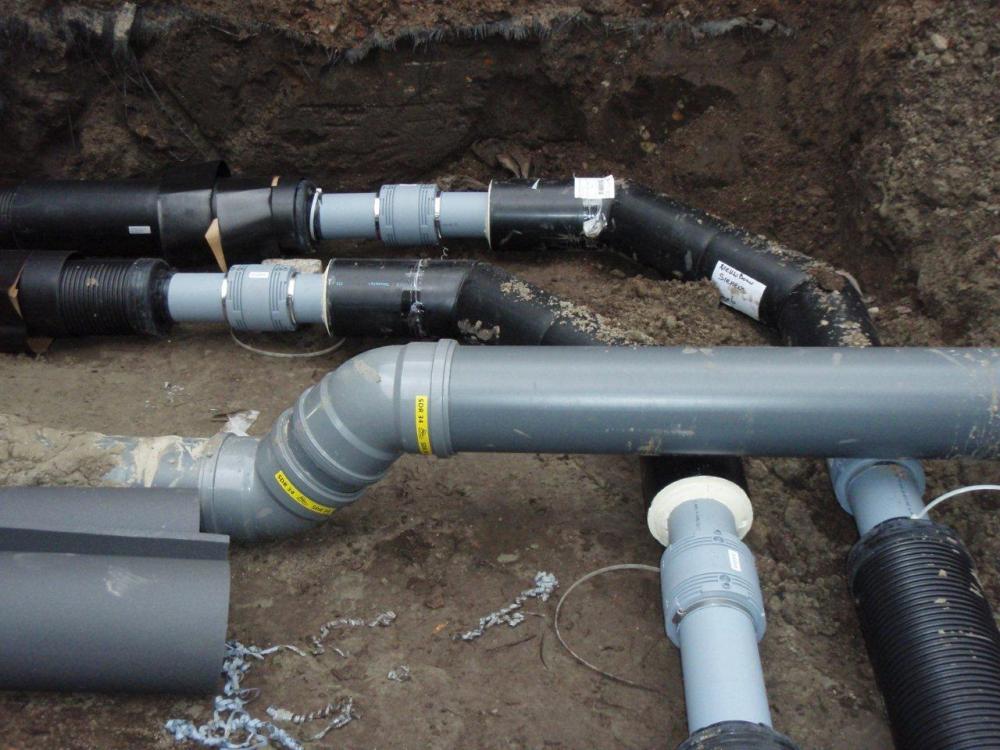Top 3 Green Heating and Cooling Technologies
Whether it is a largescale construction for businesses, government offices or residences embracing green energy is the current trend. Integrating sophisticated technologies that are energy efficient with the use of green construction works and recycled materials have become a mainstay now. These measures in addition to increasing energy efficiency form sustainable designs and effective solutions for homes and businesses.
The need for such solutions has become imperative, as the normal heating and cooling solutions used at present lead to a very high level of CO2 emissions. For instance, the air conditioning used in automobiles consumes about 5 percent of the vehicle fuel and is responsible for CO2 emissions that go over 2 million tonnes in the UK alone. To effectively check the harmful emissions and improve energy efficiency, here are some of the top three heating and cooling technologies in use now.
Geothermal solution
The central core of the earth has an endless supply of steam and hot water, and the temperature increases as you go deeper. But this limitless supply can be tapped without digging too far, using geo thermal systems. The systems use energy underneath the earth surface to cool and heat any type of industrial warehouse, building or domestic homes.
While direct tapping is possible, heat pumps are used by the geo thermal systems, which recycle the heat extracted from the geo thermal wells present underground. In winter, the fluids in the pumps absorb the heat underneath and warm the air above, while in summer the reverse happens resulting in cool air. Using pre- insulated pipes for district heating and cooling is another simple, but effective way to boost energy efficiency, as they prevent thermal leaks from the pipes reducing heating costs considerably.
Solar energy
Solar panels have become a regular fixture in many commercial and residential properties. The photovoltaic materials present in the panels convert sunlight into power for heating, cooling and lighting in buildings. While installing the panels is expensive, the money saved in the energy bills over the years is more than the expense incurred making it a highly viable option. Cheaper alternatives also exist in harnessing solar power. Air, water, or liquid absorbs sunlight via a collector, which transfers the heat to a storage system or building directly.
Biomass
Biomass is a natural and sustainable energy form that is considerably cheaper, when compared to propane, oil, or natural gas. The biomass systems in use now release minimal pollutants and burn in a clean way making them a highly desirable largescale heating and cooling solution. The amount of carbon dioxide produced by biomass is very less and is comparable to the carbon dioxide level released by a plant. Using biomass can save you a huge amount on the power bills and keep the environment safe too.
The heightening concern regarding the impact of harmful greenhouse gas emissions has forced the world to look at green energy measures. From improving energy efficiency with proper insulation to using renewable and environment-friendly fuels several solutions have been tried out with varying degrees of success. Research is still underway to find more such sustainable energy solutions, which are cost efficient and feasible for all.



0 Comments
Recommended Comments
There are no comments to display.